Is -20 the same as -20 -- wind chill that is?
iowa_jade
16 years ago
Related Stories

GARDENING GUIDES20 Favorite Flowers for Butterflies and Bouquets
Discover perennials and annuals that do double duty as butterfly magnets and versatile cut flowers
Full Story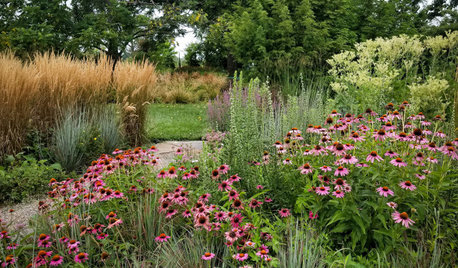
FALL GARDENING20 Favorite Flowers for the Fall Landscape
Vivid blooms and striking shapes make these annuals and perennials a delight in autumn gardens
Full Story
FEEL-GOOD HOMEStop That Draft: 8 Ways to Keep Winter Chills Out
Stay warm without turning up the thermostat by choosing the right curtains, windows and more
Full Story
GARDENING AND LANDSCAPING10 Great Outdoor Chill Zones
Whether you have a huge poolside deck or a sliver of a patio, these ideas will kick stress to the curb all summer long
Full Story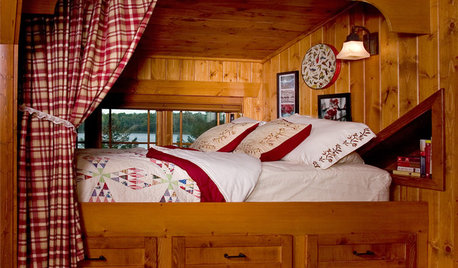
DECORATING GUIDES20 of the Coziest Bedrooms on Houzz
Snuggle up to the most inviting sleeping spots around, in styles from cottage to contemporary
Full Story
LIFEYou Showed Us: 20 Nutty Home Fixes
We made the call for your Band-Aid solutions around the house, and you delivered. Here's how you are making what's broken work again
Full Story
MOST POPULAR20 Outstanding Outdoor Living Rooms
Why give up style and comfort just because you add fresh air? Turn any porch or patio into a sumptuous room by following these leads
Full Story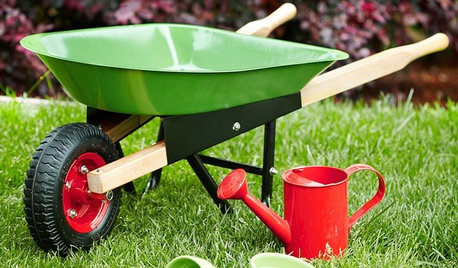
PRODUCT PICKSGuest Picks: 20 Fab Outdoor Kids' Toys and Furnishings
Keep kids engaged and comfortable this summer with games, accessories and furniture designed just for them
Full Story
HOUZZ TOURSMy Houzz: Early 20th Century Meets Contemporary
Modern and ethnic touches blend effortlessly in this renovation of a 1920s home in The Hague
Full Story
HOME OFFICESThe 20 Most Popular Home Office Photos of 2015
Technology paves the way for space-saving work areas, while designers make up for small sizes with style
Full StoryMore Discussions






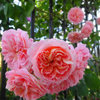
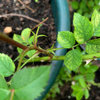
veilchen
mike_rivers
Related Professionals
Ballenger Creek Landscape Architects & Landscape Designers · Garden City Landscape Architects & Landscape Designers · Saint Matthews Landscape Architects & Landscape Designers · Roxbury Crossing Landscape Architects & Landscape Designers · Wake Forest Landscape Contractors · Centereach Landscape Contractors · Lakeville Landscape Contractors · Lehigh Acres Landscape Contractors · Mendota Heights Landscape Contractors · Porterville Landscape Contractors · Quincy Landscape Contractors · Saint Paul Landscape Contractors · St. Louis Landscape Contractors · Stony Brook Landscape Contractors · Four Corners Landscape Contractorsmad_gallica (z5 Eastern NY)
ofionnachta
iowa_jadeOriginal Author
adichristi
karl_bapst_rosenut
michaelg
mike_rivers